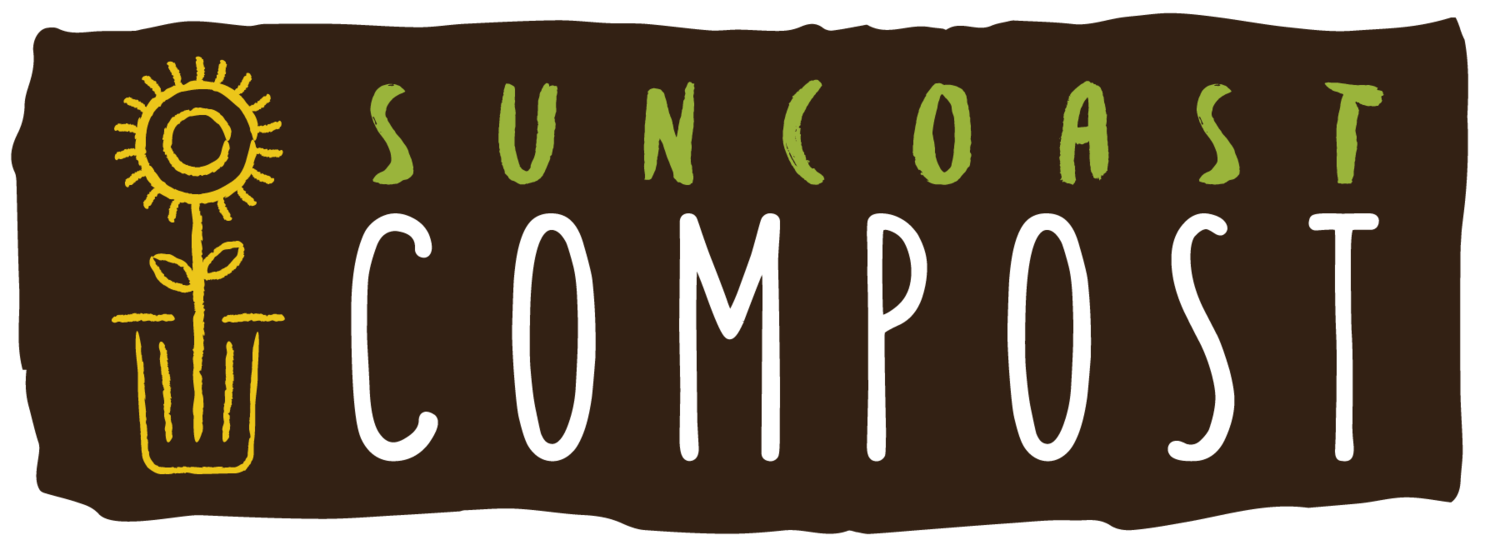COMPOST- WHAT'S IN A NAME?
By Cari Hovanec
Compost didn’t always mean what it means now. We think of it as the dark, earthy stuff that our food waste turns into. A slightly more technical definition is “decayed organic material used as a plant fertilizer.” But a look at the Oxford English Dictionary reveals some surprising relatives in this word’s family tree.
From the Latin verb compono, which means “to put (pono) with (con),” compost in its simplest sense means “[a] composition, combination, compound.” It’s a mix of things. We have lots of words for mixtures of different sorts, and compost has been used to describe most of them throughout its history.
In the Middle Ages, compost loosely corresponded to what we now call compote, “[a] mixture of stewed fruit and/or vegetables,” or it referred to a stew more generally. By the 19th century, compost was being used as a synonym for a literary composition or compendium, a book compiled of a bunch of different pieces. What we think of as compost, the fertilizer, was called compass (with various spellings) in the sixteenth and seventeenth centuries.
Compost is etymologically a twin for composition, which makes sense because a lot of different things go into it—carrot shavings, coffee grounds, banana peels, eggshells, leaves, apple cores, a stew of all our rejected food scraps. But its meaning is also close to decomposition, because compost works by decomposing all this organic matter. Bacteria, fungi, worms, and insects digest it, breaking down the scraps chemically and physically to transform them into the crumbly stuff we use in gardens to grow more food. There's something cyclical about the process, like the circle of a compass that begins again where it ends.
In the visual arts, composition describes the physical arrangement of things within a painting or photograph; in music, it means the creation of an original piece. So thinking about compost in conjunction with composition means seeing its artistic side, the natural creativity at work in taking a bunch of things, combining them, and transforming them into a new whole. That’s probably part of why activist artists and designers have been drawn to compost, as in the New York Compost Box Project, Victoria Widener’s The Beauty of Decomposition, and the works brought together in (composing) the “Dead or Alive” exhibit at New York’s Museum of Art and Design.
The environmental philosopher Donna Haraway has written, “We are all compost.” For her, composting is a cool thing to do for the environment, but it’s also a useful metaphor. It means that, ecologically speaking, we’re all interdependent—com—and that we’re all part of nature’s regenerative process of composition and decomposition. To compost is, most literally, to collect your food waste and turn it into fertilizer. But it’s also to compose, as in to create, rather than to trash. And it’s to connect, with each other and with all the other things in our environments.
So, while you’re compiling all your compost scraps for the microorganisms and critters at Suncoast Compost to decompose, let your brain digest this: compost brings us together to create something positive.
Cari Hovanec lives in Tampa, where she teaches English, hangs out with dogs, and writes about science and culture.





